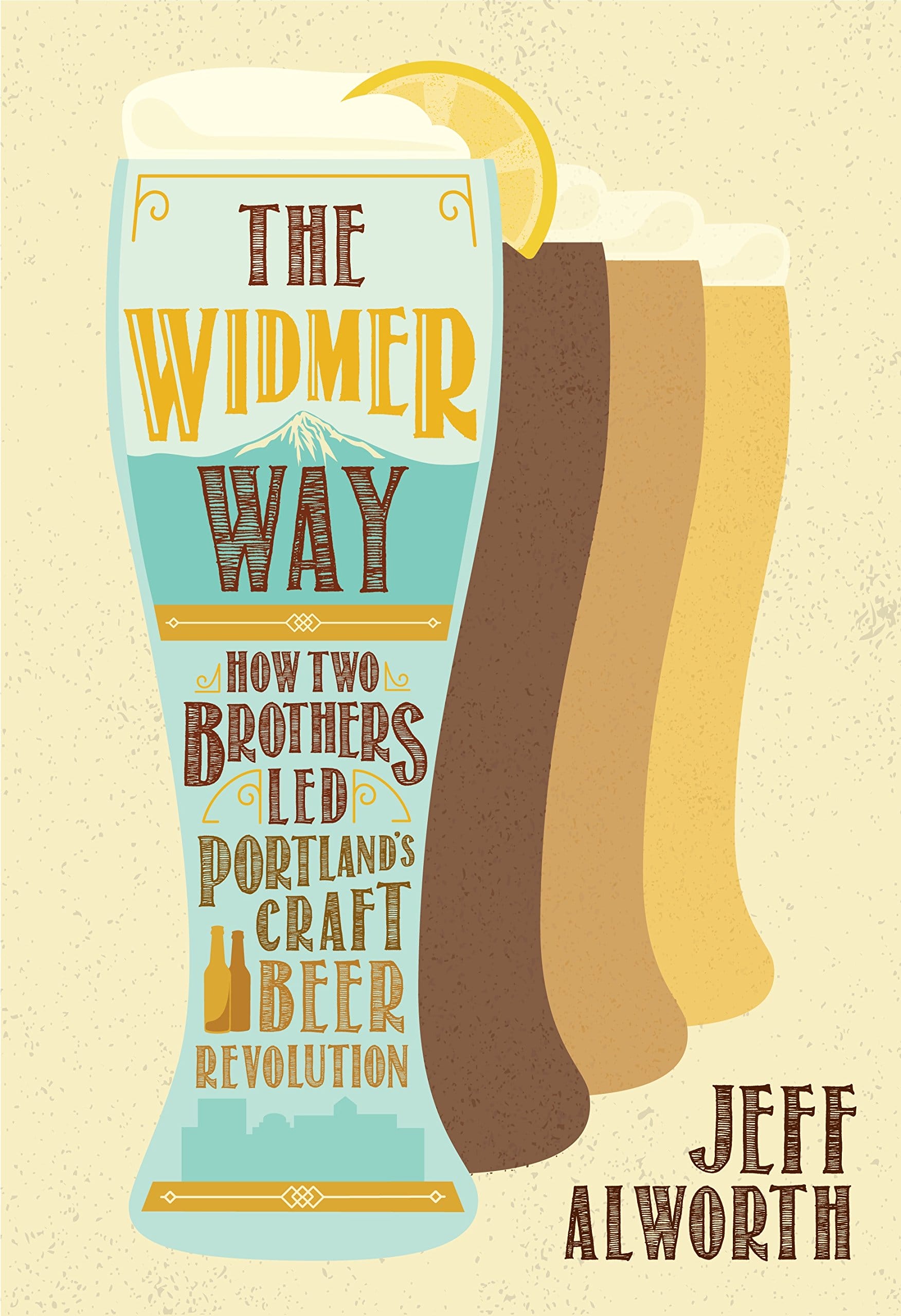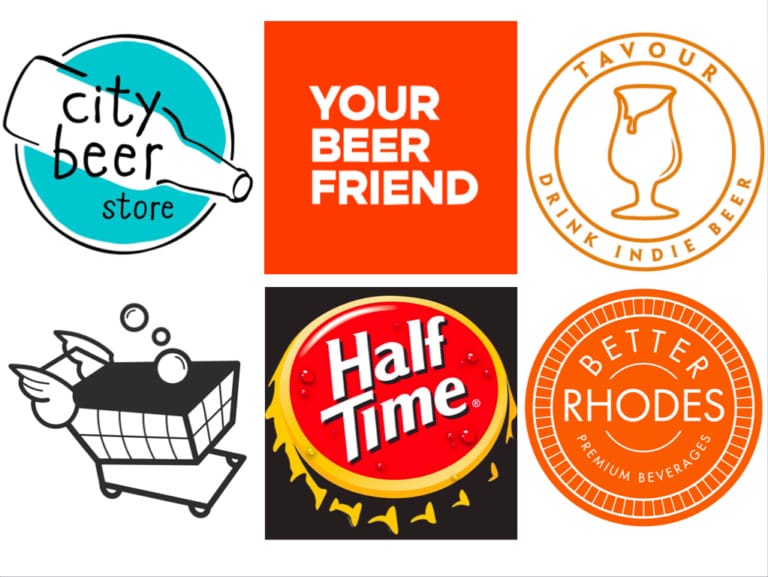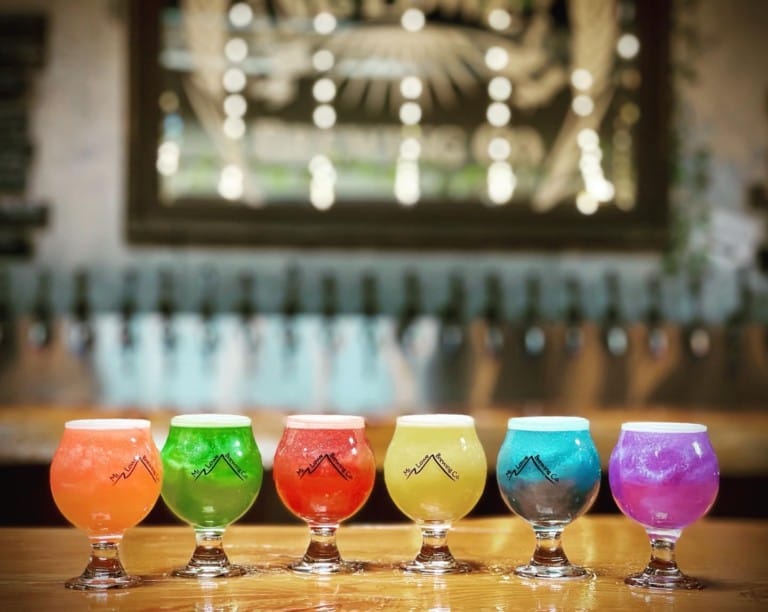As craft beer turns the calendar, shortly, on 2018, it is instructive to go back in time to learn the history that this industry is accumulating. The Widmer Way by writer/beer blogger/beer podcaster Jeff Alworth charts the story behind a pioneering heritage brewery, Widmer Bros. from the first batch of altbier to Portland Trailblazer branded 16-ounce cans of their iconic hefeweizen today.
I posed a few questions to Alworth via e-mail about the book.
Sean Inman: How did this project begin?
Jeff Alworth: It started when I was considering dipping my toe into the consulting realm. I tell brewery stories for a living, and it occurred to me that I could help breweries tell their own. I met with Rob Widmer just to bounce this idea off him, to get his sense, as someone with 35 years in the business, if it would be a valuable service. We talked generally for a while and then Rob asked how I would tell their story. He must have found my description compelling, because a few months later Widmer Brothers asked me to write the biography. (In an unusual arrangement, the brewery paid for the manuscript and then once I’d written it, Ooligan was excited to publish it.)
SI: Was it challenging interviewing two (somewhat) media shy subjects?
JA: I sat with Rob and Kurt for four interviews of around two hours and then we did a tour of the brewery for the final interview. Their self-effacing answers left me trying to dig for the “real” Kurt and Rob, but after the second interview I realized they had been showing me that all along. As a writer, the most important skill is to identify the key elements of a story. In the case of this biography, it’s that Rob and Kurt are both quiet and reluctant to boast.
SI: How did the current beer industry affect the writing? Hazy hefeweizen to Hazy IPA being an example.
JA: There was some effect, but I was also cognizant that trends change. I’ve been writing about beer for over 20 years, and know that the shiny object in any given moment will dull with time. I wanted the biography to be timeless, so the referent wasn’t so much current trends, but the arc or craft brewing since its founding.
SI: What do you think Widmer Bros. Brewing would look like if it started today?
JA: Very different! Brewery founders enter with the understanding they have of beer at the time. When Kurt and Rob got started, it was understood that a brewery made a beer. One beer. Coors made Coors, Bud made Bud. The Widmers figured they’d make altbier. They also overestimated the salience of a German identity in the Pac NW. if they were to launch today, they would take the same methodical approach to figuring out where the market is and where the opportunities lie – there are still some out there! – and they’d approach it very differently. Though I wouldn’t be shocked if a Cascade-hopped wheat ale didn’t make an appearance. There’s a reason Weizen was their follow-up beer — they love it.
SI: What golden nugget of information did you learn that came out of nowhere, or really floored you?
JA: When they got started, they dumped their first 10 batches of beer. That’s 3,000 gallons of profit for a company teetering in insolvency. The beer wasn’t bad, certainly not after a batch or two, it just wasn’t dialed in. But of course, absolutely no Portlanders knew what an altbier was supposed to taste like, so they could have launched with an early batch and continued to refine. Every brewery I know of now does it that way. Customers recognize early batches will change. (They expect them to be palatable, just not final.) That blew my mind, and I would call it the best metaphor for the way they’ve approached beer since 1984.
SI: What is your current favorite Widmer beer?
JA: I do think people need to revisit Hefe to remind themselves how impressive it is. There’s a reason it continues to rack up awards. If you served it blind to a customer, they would find it incredibly contemporary. It’s hazy, sessionable, rustic, and tinged with citrus. I think they’d say, “Wow, what is this? It’s like a farmhouse pale ale or a low-hop hazy.” But in terms of recent beers, I was at the pub last week and drank a dry-hopped kellerbier called When Buffalos Fly that was absolutely spot-on. It was cold and I was in the mood for something darker and heartier, but after I tasted that, I knew what the session would hold.
SI: With Josh Noel’s book on Goose Island and soon your book on Widmer, what other brewery would you like to see a history of next?
JA: In terms of American breweries, I think we’re due for one of the old indies. Yuengling or Schell’s stand out, especially Schell’s. These breweries were originally scorned as “not craft,” despite having been crafting beer independently in a very tough market since the 19th century. We have been overly focused on the craft era, but it didn’t start in 1977 or 1965. There has always been craft beer, and some of it right under our noses. Now Schell’s is making traditional Berliner weisses they age in cypress tanks first installed in 1936. They were originally layering tanks and were actually in service through 1991. How craft is that? I’d love to read their full story. (Or write it: call me, Jace!)
Speaking of books on beer, John Holl the author of Drink Beer, Think Beer, was in town at the lovely Last Bookstore for a beer discussion. I thought for this week’s Compare and Contrast, I would highlight the beers served because like the Widmer Hefeweizen they are standard bearers, in a sense, for their breweries.
Foam Top Cream Ale from Beachwood Brewing has been re-branded as a blonde ale, but is still a Cream Ale to me. Usually this style doesn’t register in our hop-filled heads but this beer was being asked for repeatedly. It really is a modern exemplar of the style. Soft and simple and the perfect beer for any level of beer drinker.
The second beer was Expatriate IPA from Three Weavers. This is an IPA that more people should return to. Again, this is a fairly simple and straightforward beer. No haze. No 16oz can. Just a West Coast IPA with an English malt bent and Simcoe hops.
Returning to the makers of Foam Top, as Widmer was in Portland, Beachwood BBQ & Brewing was one of the pioneers of good beer in Los Angeles was and still is Find more of Sean Inman’s writing on his blog, Beer Search Party.









Leave a Comment